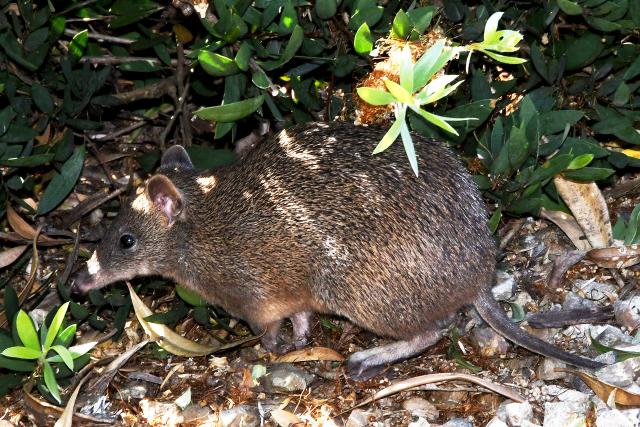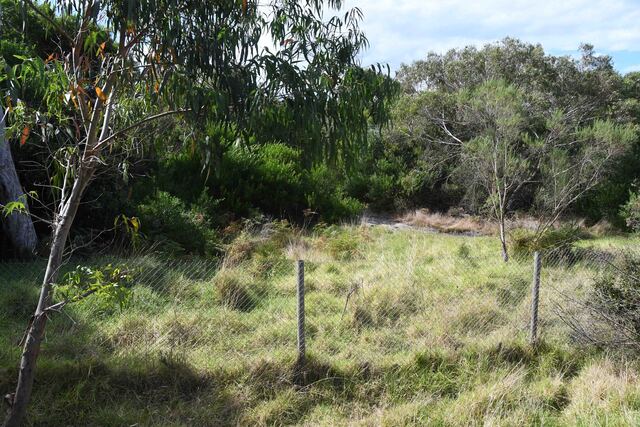
By Violet Li
Federal Environment Minister has approved housing development on about three hectares of endangered bandicoot habitats near Cranbourne’s botanic garden, which wildlife conservation expert says would be a huge blow for the species and contribute to its further population decline.
The approval would lead to 3.1 hectares of dense vegetation cleared by Brown Property Group for future housing.
A Department of Environment spokesperson said the department approved the residential development at 40-46 Cyril Beechey Lane in Cranbourne following a rigorous assessment under national environment law.
“After considering the proposed avoidance, mitigation, and offset measures for the endangered Southern Brown Bandicoot (eastern), the minister’s delegate approved the action, with strict conditions to protect the environment.”
The approval conditions imposed include that the developer must maintain a 30-metre-wide biodiversity corridor along the eastern boundary of the residential development area, which is believed to provide habitat connectivity for the bandicoot, between the Royal Botanic Gardens Cranbourne to the south and Grandeur Nature Reserve to the north.
To offset the clearing of the habitat, the developer will also need to conserve a 10-hectare site in Ocean Grange in Victoria.
Professor of wildlife and ecology at Deakin University Euan Ritchie said as the species had been endangered in Victoria and the population had been declining, any destruction of remaining habitat, particularly good habitat at the Cranbourne address, would be another blow for the species and contribute to further decline of the population.
According to an ecology report by consultancy Ecology and Heritage Partners, bandicoots were detected on 17 occasions during 17 surveyed nights, which Mr Ritchie said was a pretty high number that suggested the area was a very good habitat for the species.
“The more you fragment and make existing patches of habitat smaller, the harder it is for species like the Southern Brown Bandicoot, which is ground-dwelling, to move through the landscape because you’ve got a cleared area as opposed to a suitable habitat,” he said.
“The species has really contracted massively in the Greater Melbourne area largely due to urbanisation – so the destruction of their habitat for housing.
“And if we’re going to try and maintain this endangered species in Melbourne’s outer suburbs, we just can’t afford to keep destroying the good quality habitat.”
The approval conditions also stipulated that the developer must implement a Fauna Corridor Management Plan across a span of five years.
The plan would transform the woodland into shrubland to meet the requisite separation distance between the proposed development and the vegetation, by selectively removing trees with overlapping canopies and gradually replacing understory weeds with native species.
Casey Council has just endorsed a planning permit amendment to rezone the land from the Farming Zone to the General Residential Zone in March. It will request the Planning Minister to authorise the preparation and exhibition of the amendment and community engagement will commence at the public exhibition of the amendment.







